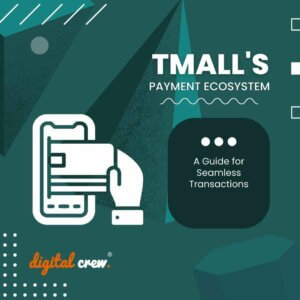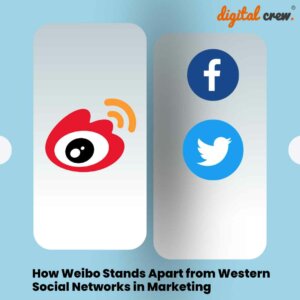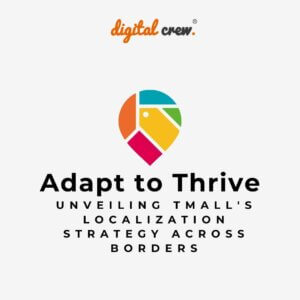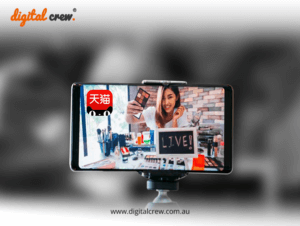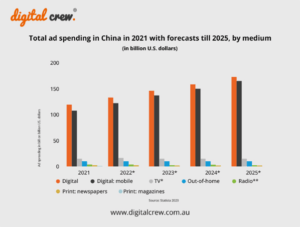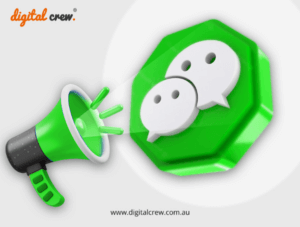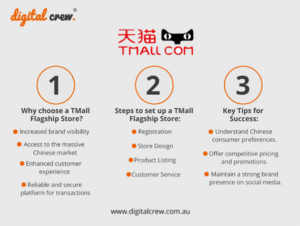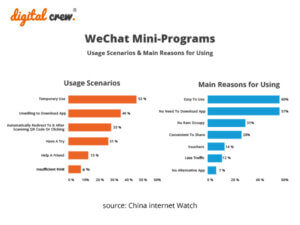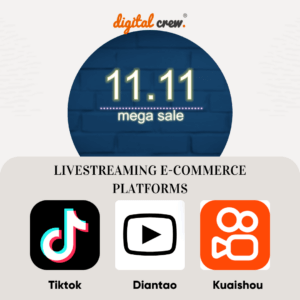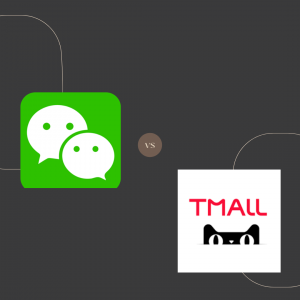China’s e-commerce giant Alibaba has been in the process of acquiring or partnering with bricks-and-mortar stores as part of its ‘New Retail’ concept development. Under the New Retail model, the lines between online and offline commerce are more blurred than ever before.
Let’s take a look at what’s involved in New Retail.
And the two shall become one
Essentially, Alibaba is aiming to create a seamless connection between offline and online shopping, by strengthening the connection between the two models.
This goes further than O2O (online-to-offline) in several ways, including that it is less store or brand specific. For example, a retailer that uses O2O might do so to drive people from the online space and into its own physical stores, whereas with New Retail, that retailer might partner with Alibaba to share data and test out different retail models and concepts.
With New Retail, online and offline become more equal ‘partners’, as opposed to than two distinct ways of shopping with some connections between them. One is not ‘better’ than the other, as the two work together to create better experiences for customers and in turn improve sales.
What does it all mean?
Here are some of the aims and activities of New Retail:
- Integration of online stores, offline stores, inventory, logistics and payments into a single model.
- Establishment of partnerships that allow stores to experiment with different models, share data, and explore new retail opportunities.
- Blurring of the lines between online and offline, in the process creating seamless ‘omnichannel’ experiences for customers.
- Use of retail technology for better targeting and to create personalised experiences for customers. Some examples include geotargeting, CRM, big data, and even facial recognition.
- Creation of easier payment systems. For example, making Alipay available at partner stores in combination with the store’s existing payment systems.
- Exploration of new retail concepts and innovations through technology, such as AI (artificial intelligence), IoT (the Internet of Things) and Big Data.
How New Retail can be used
Here are a few examples of how New Retail can be implemented:
- Pop-up fashion: An interesting example is that of Grana clothing, which uses offline to encourage online shopping. In this instance, customers can try on clothing in pop-up fitting rooms, and then order the items they want online and have their goods delivered. This way customers get to try-before-they-buy while at the same time there is no need for the store to rent large premises or carry a lot of inventory.
- The shop that ‘knows you’: Another example of the use of New Retail is where store technology recognises a customer and has their favourite items waiting for them when they go shopping. Imagine for example a café knowing just how you like your coffee, before you even ask!
- Choice of collection points: Yet another scenario is where you might order groceries or other items online, and get to choose which store you pick them up from on the same day.
Why is Alibaba doing this?
- Slowing of growth: while e-commerce in China has grown massively it is now slowing down, and might be in need of some fresh ‘energy’ and direction.
- Creates new demand: according to an emarketer article, marketers in China create demand rather than respond to it. New Retail may just be the way to make this happen.
- Reduces costs: the New Retail model removes the distributor or ‘middle man’ – which is a considerable difference between the old and new models.
If you would like to learn more about New Retail and how to implement it in China, our bilingual marketing team can help. Get in touch today!














